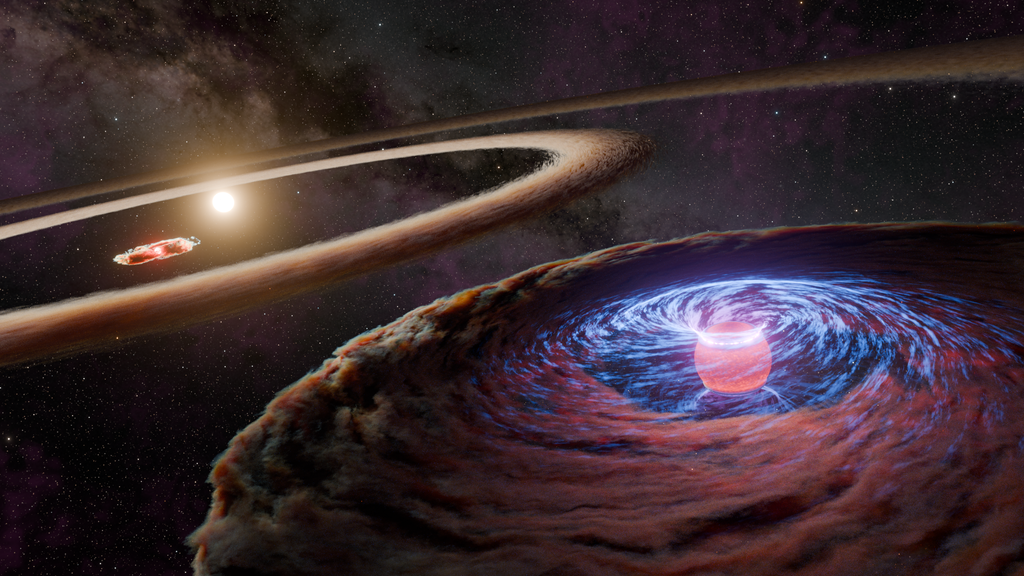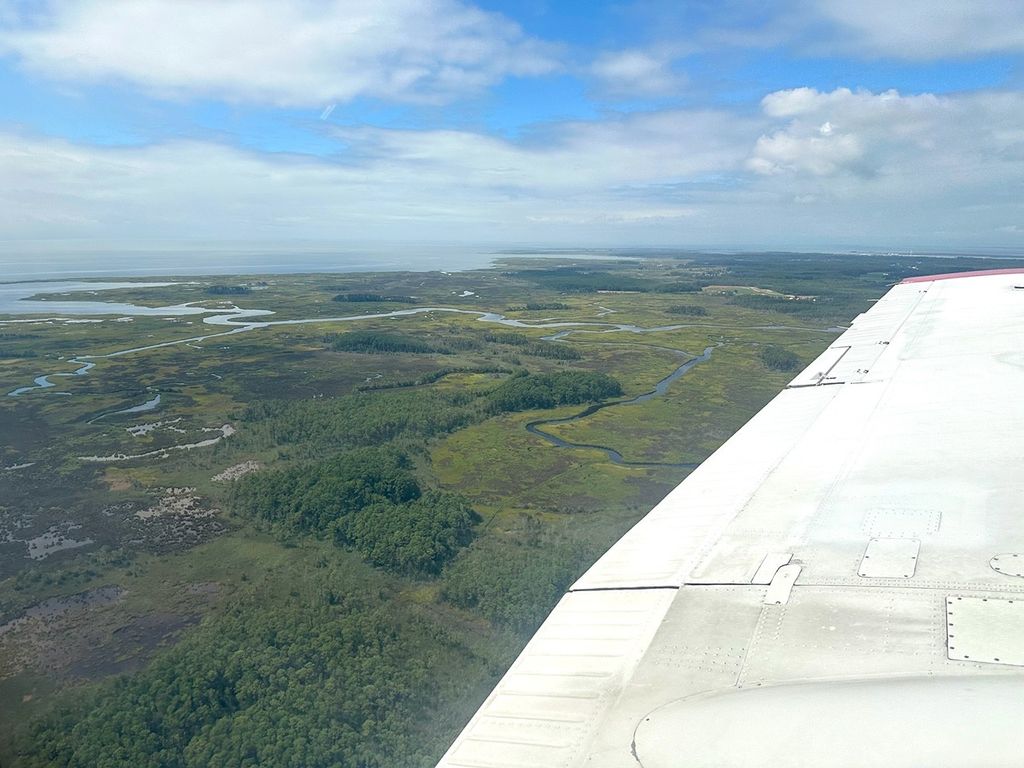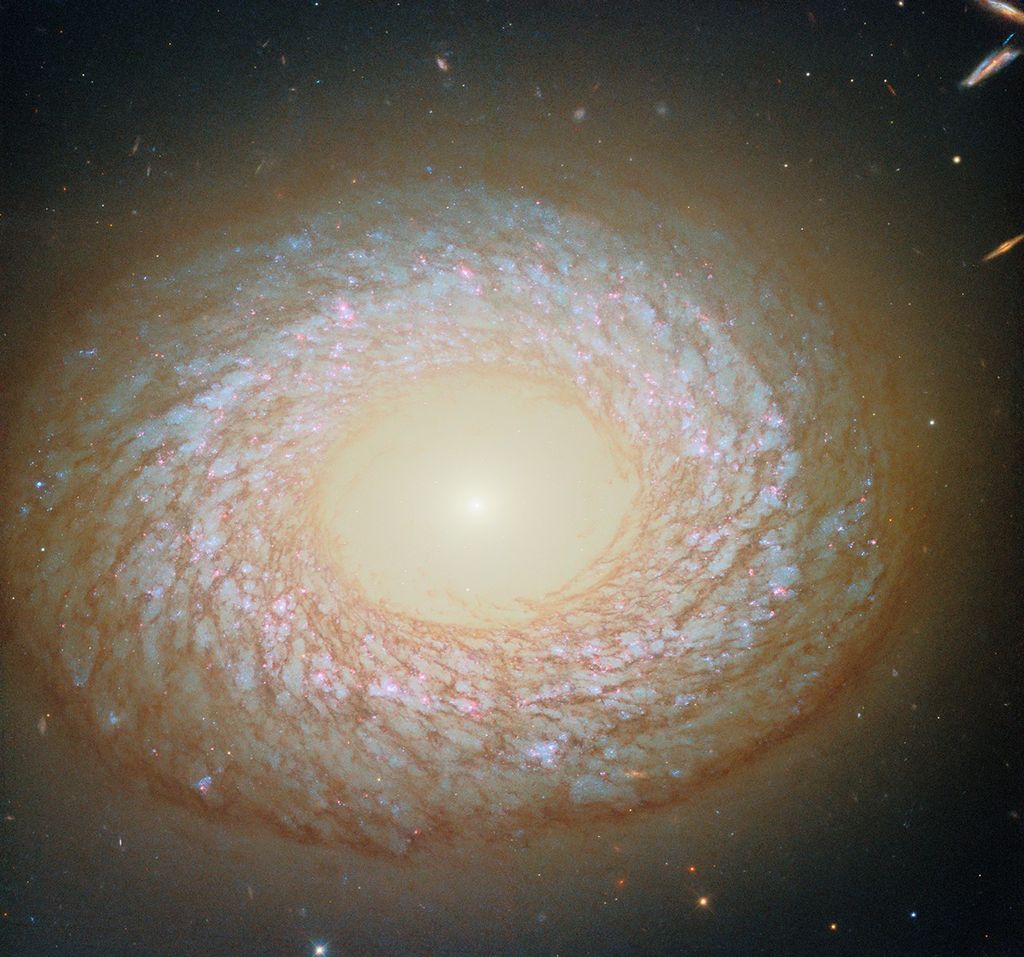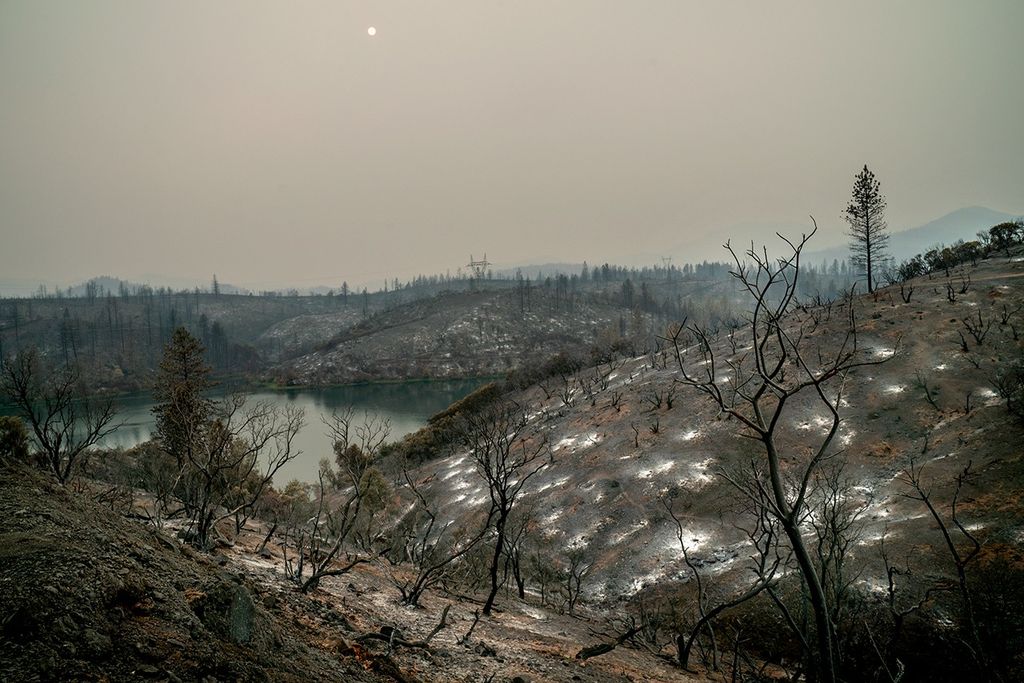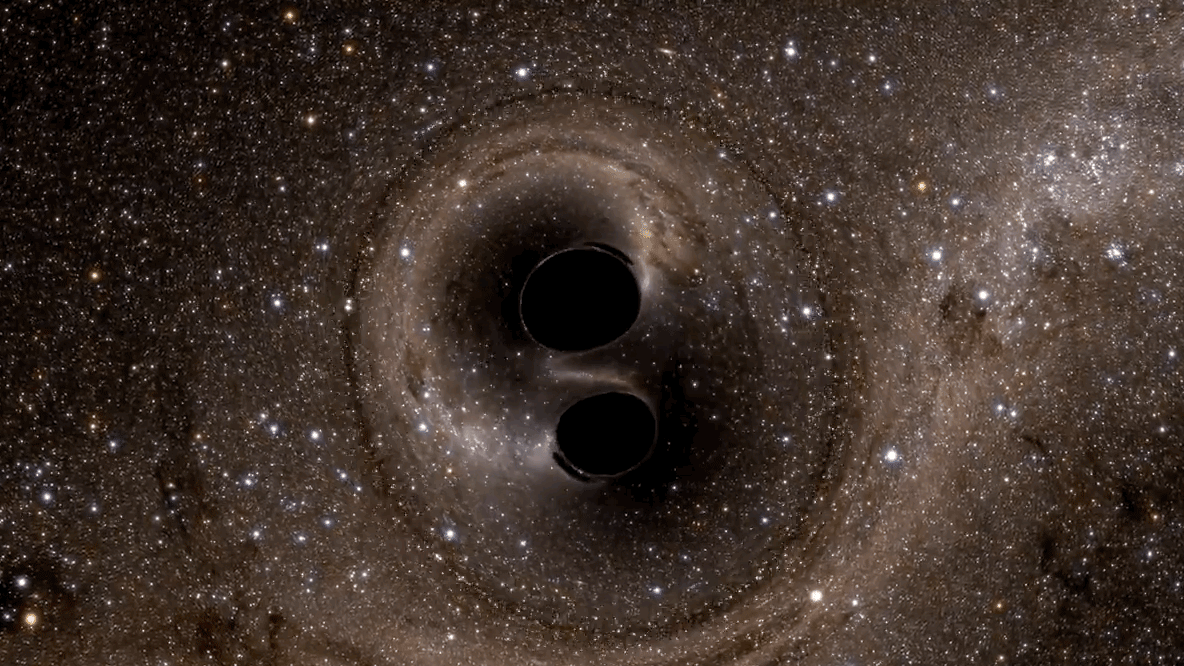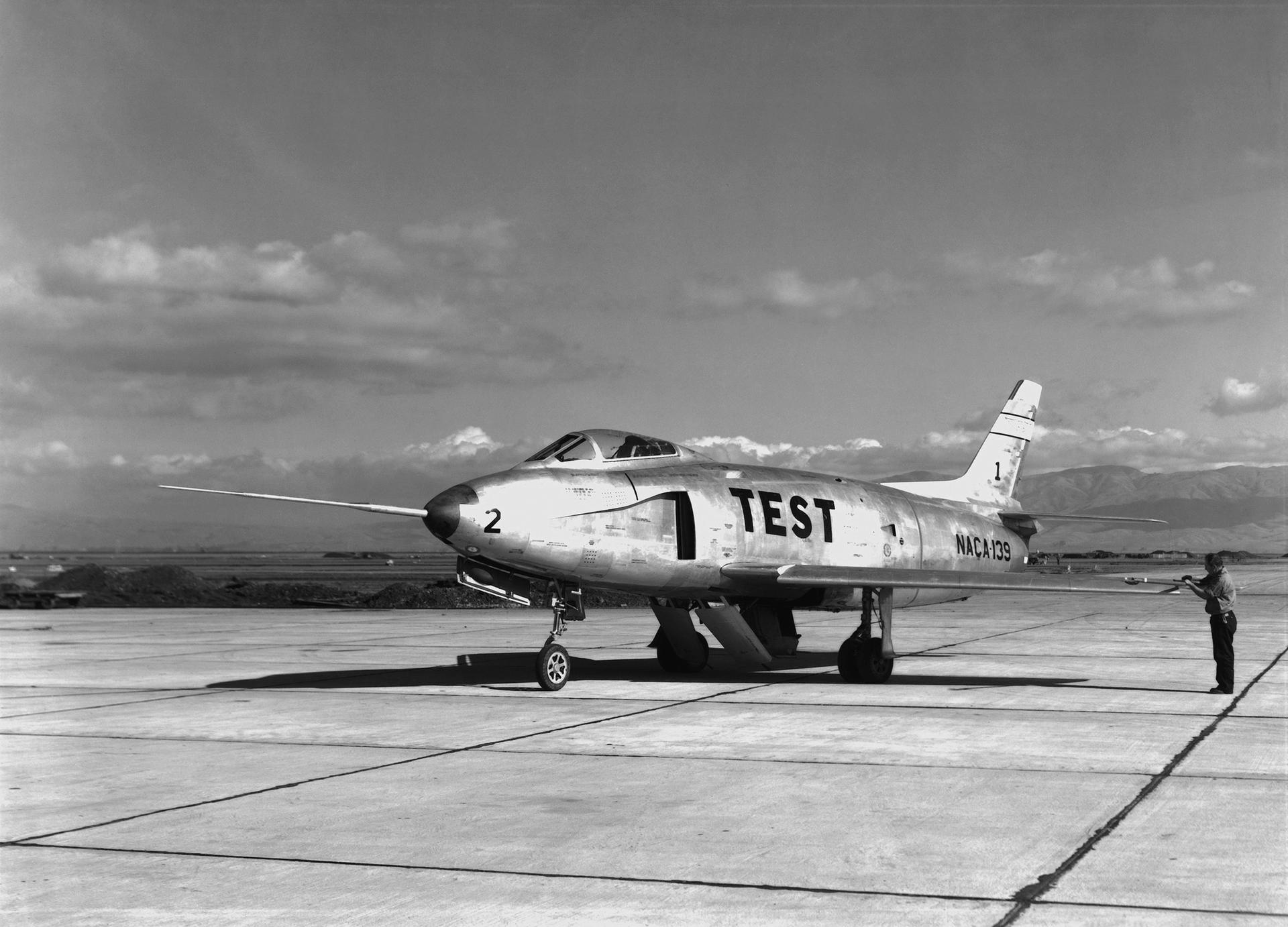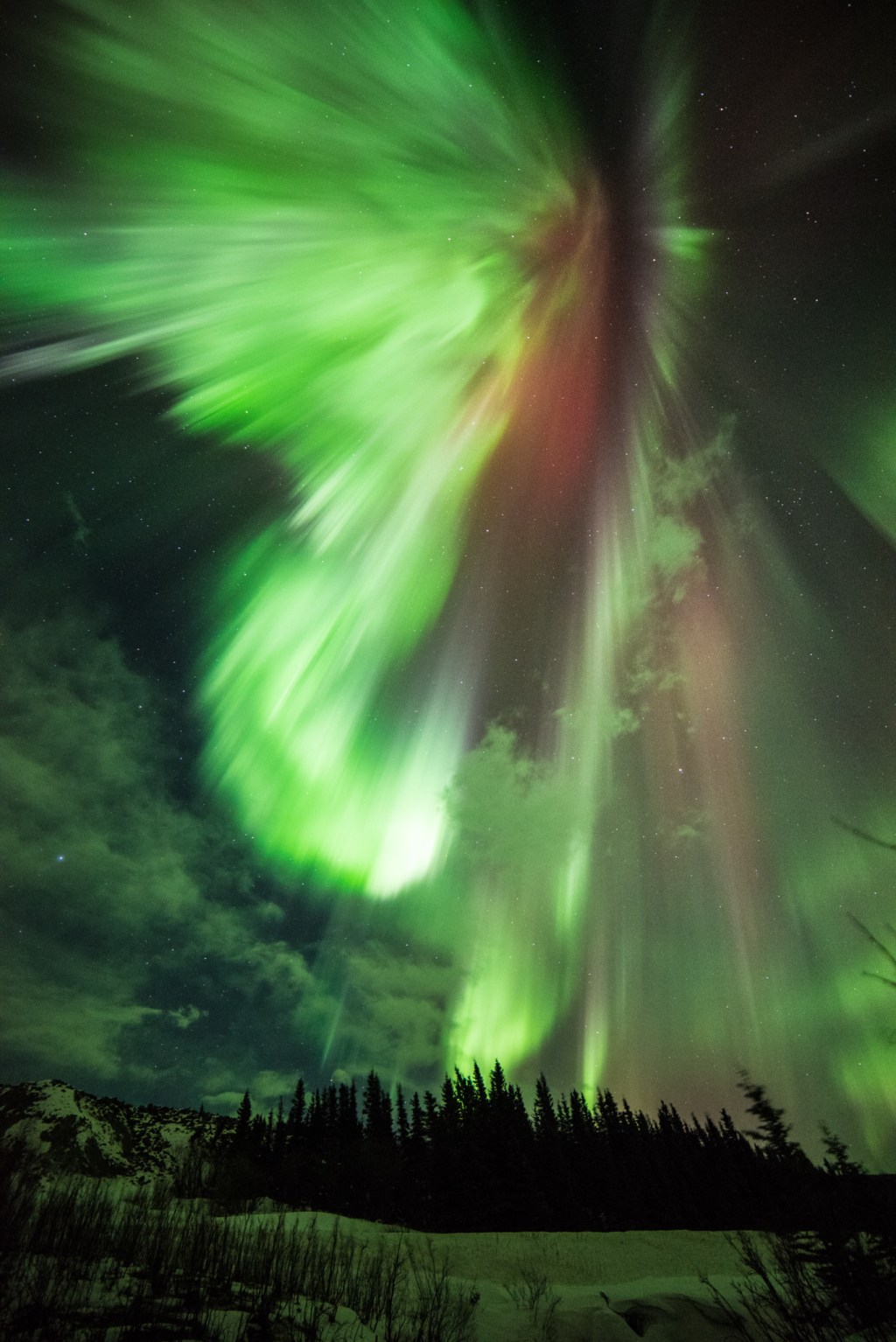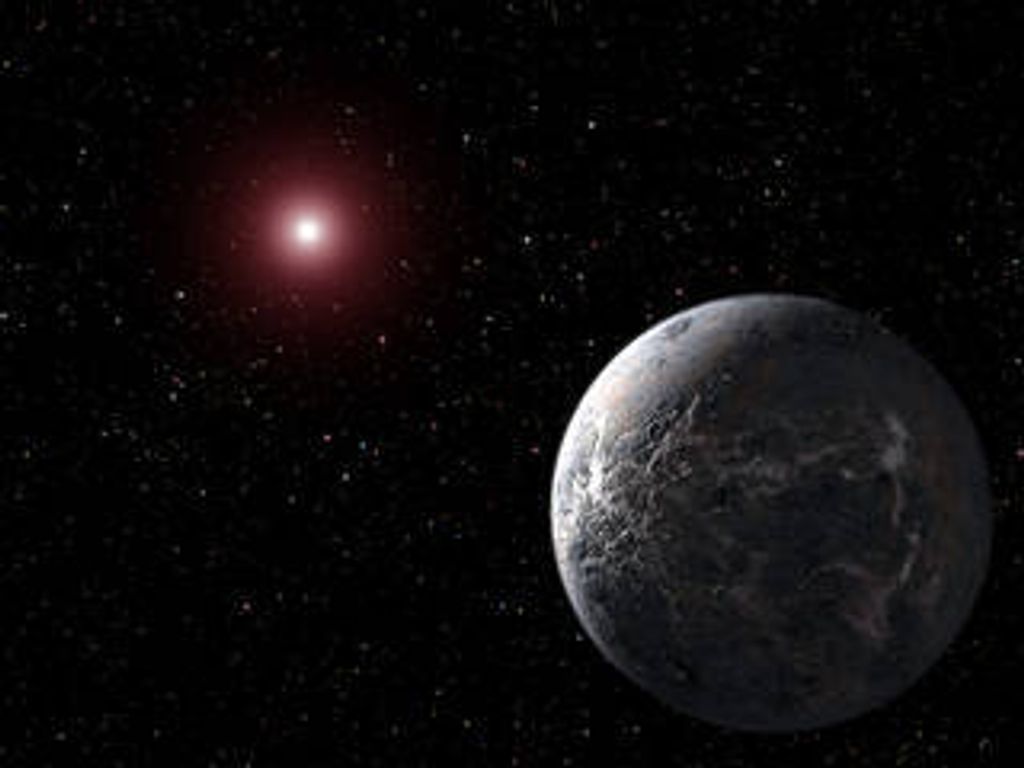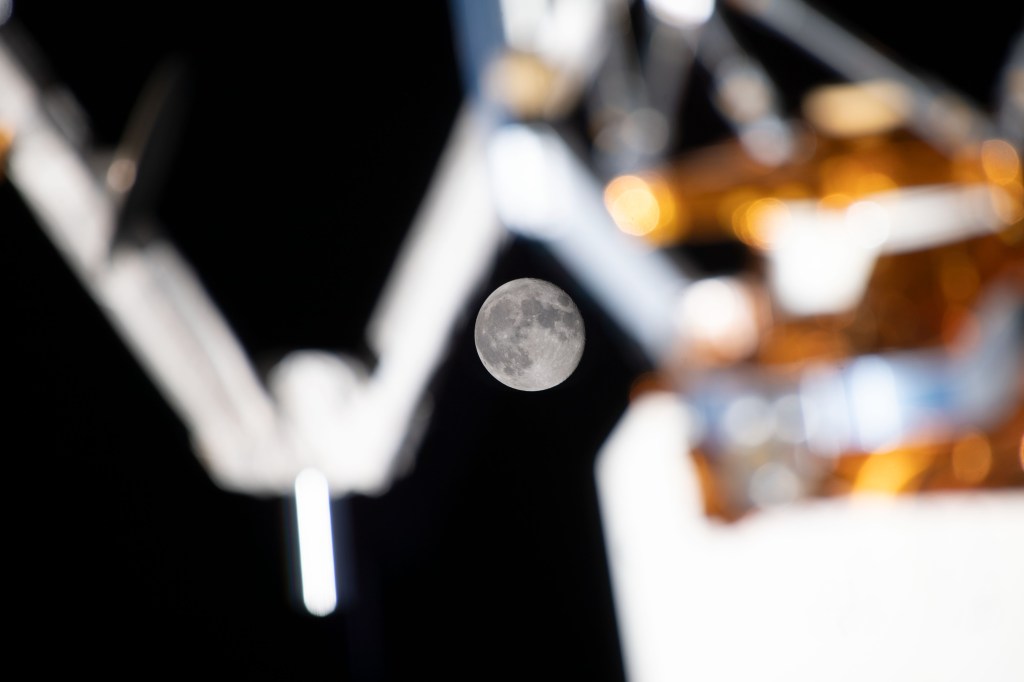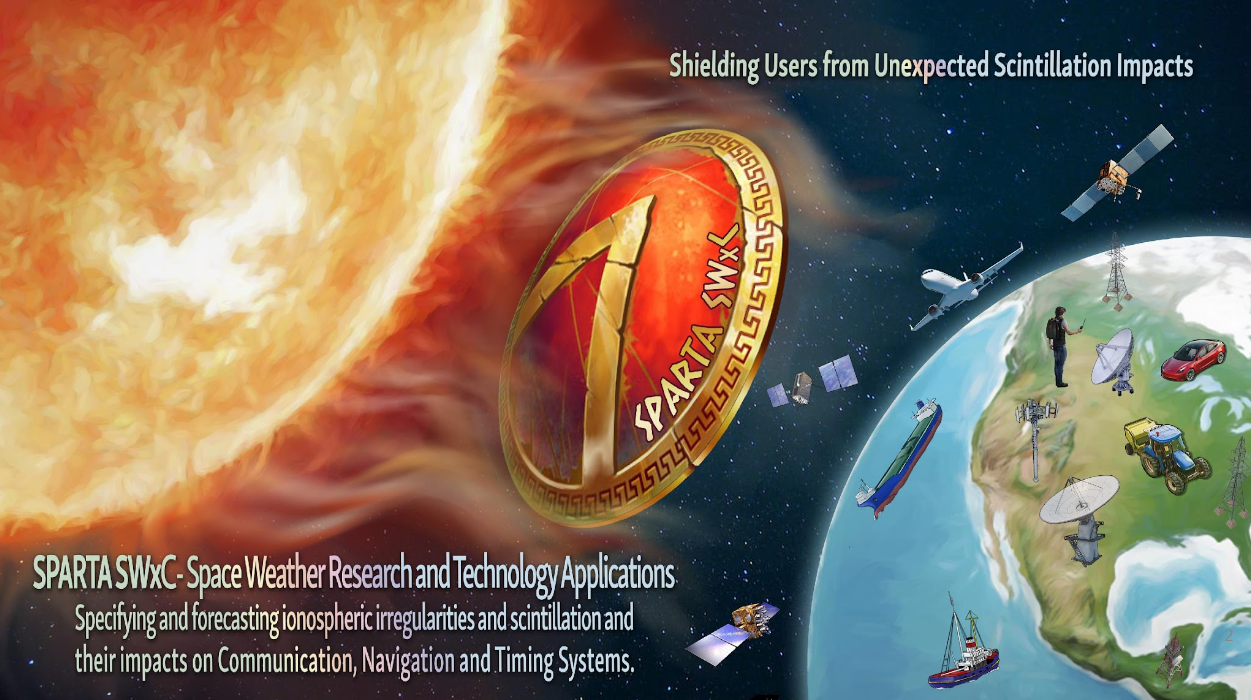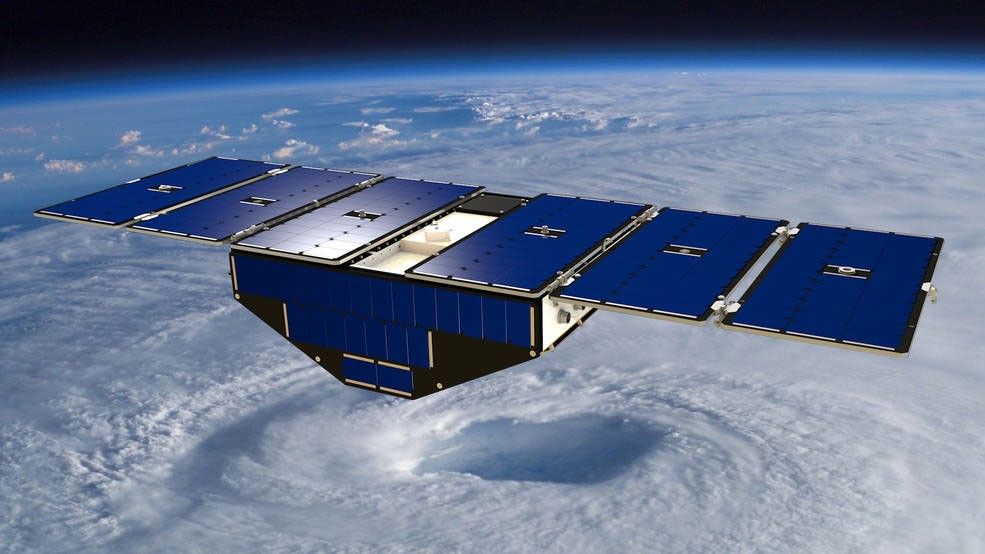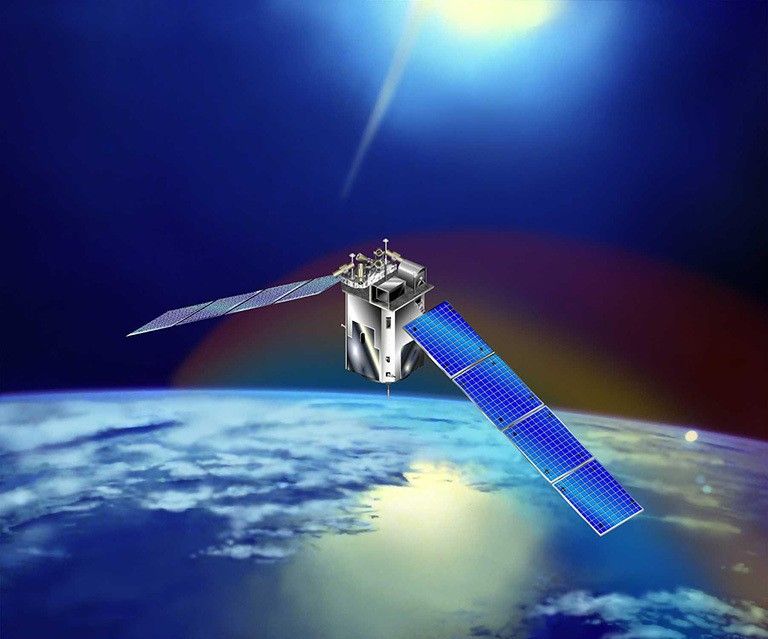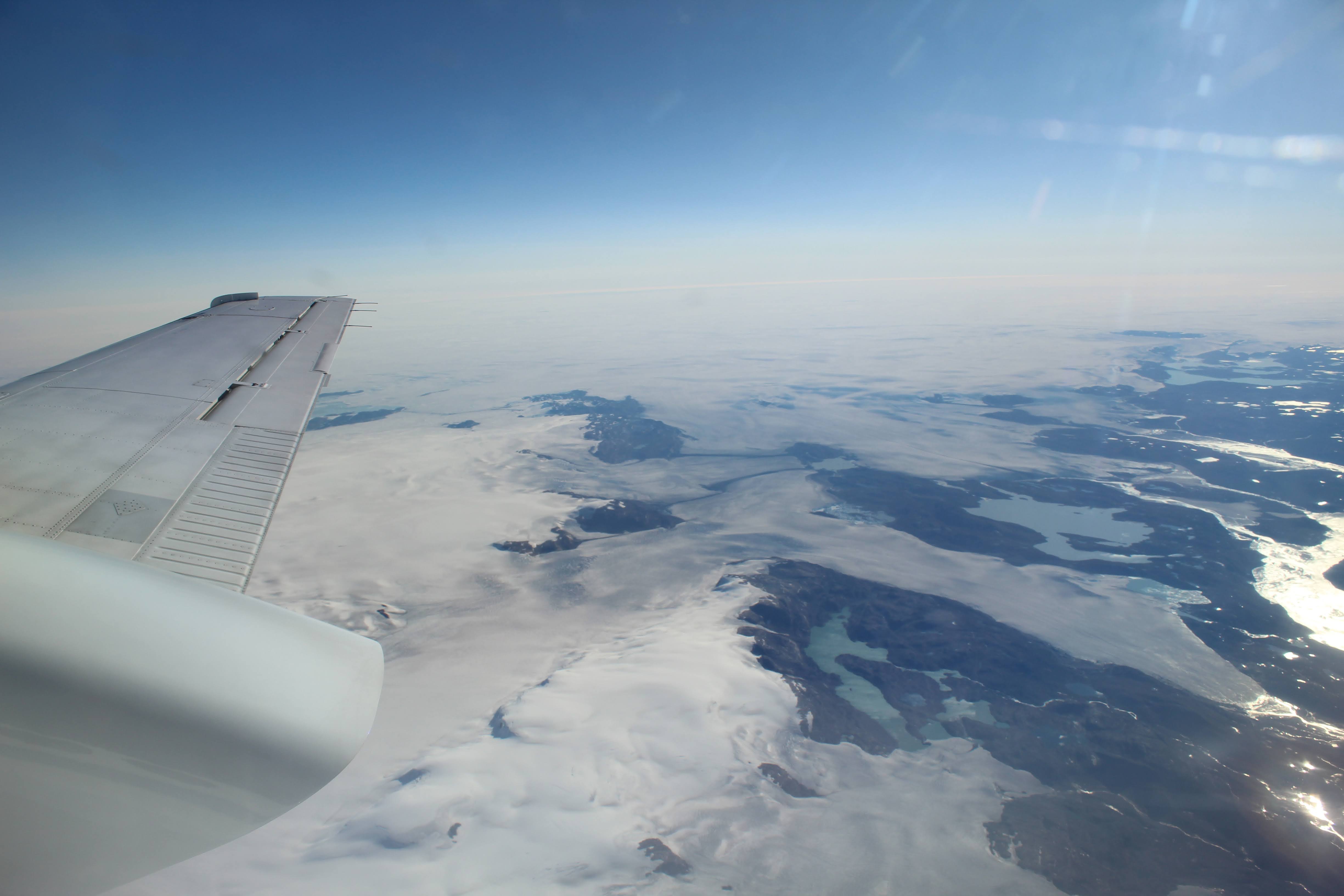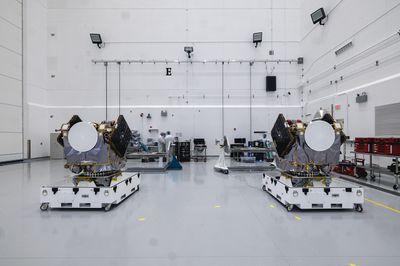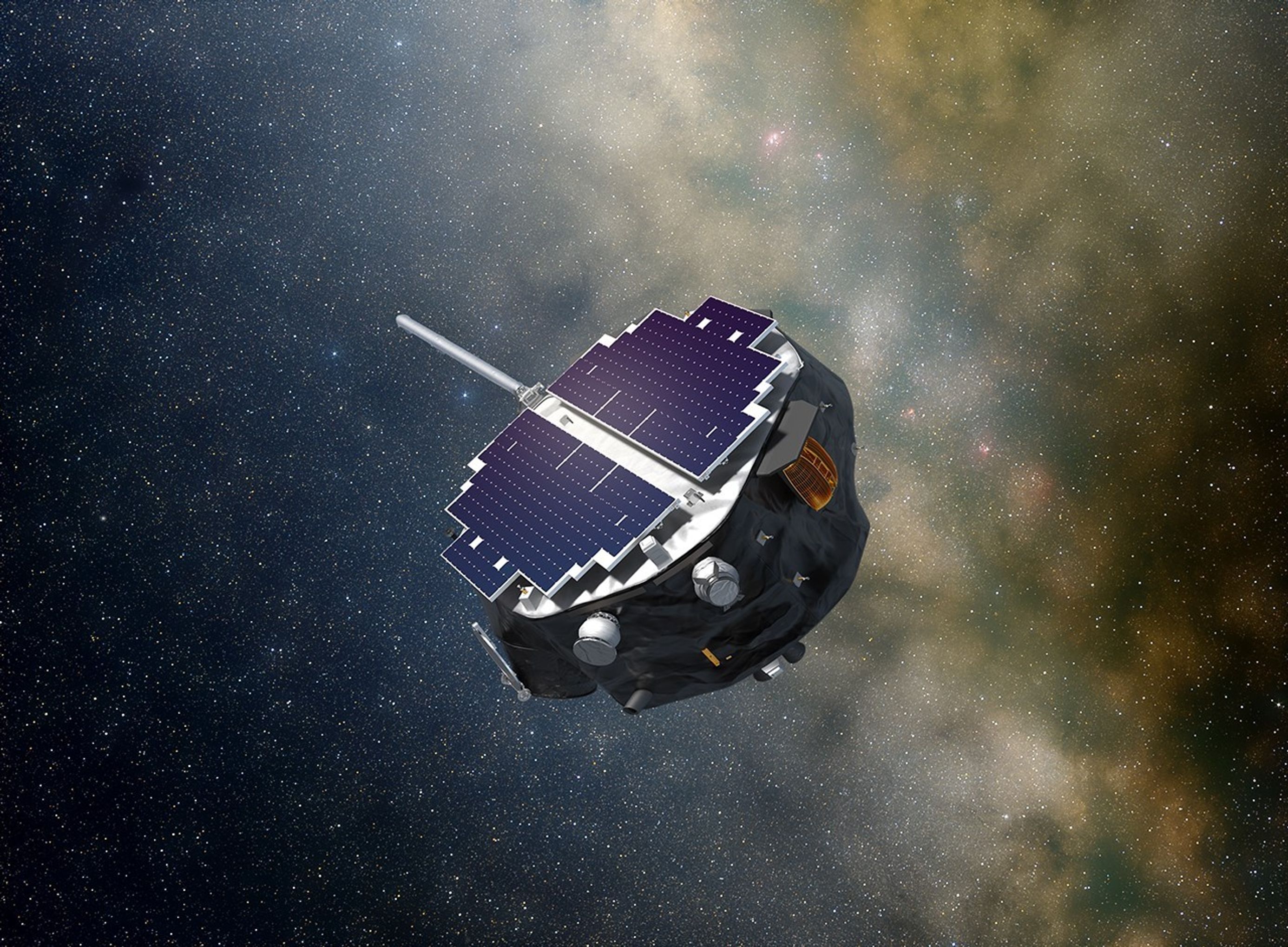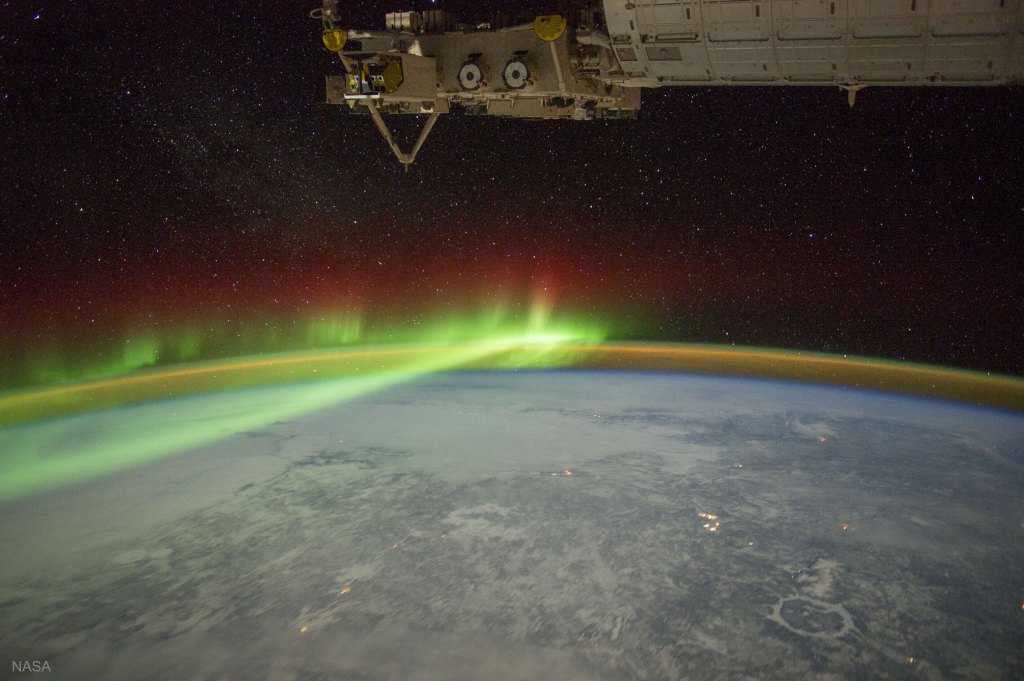
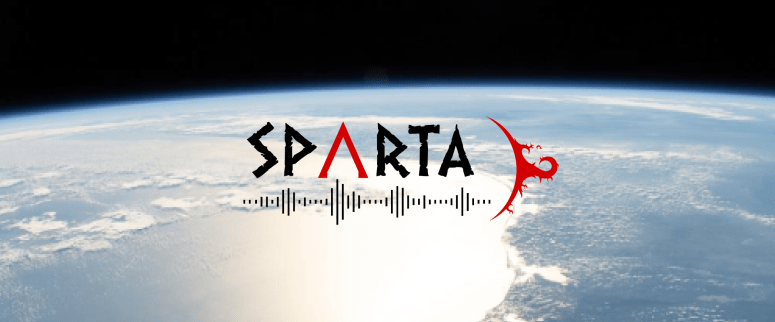
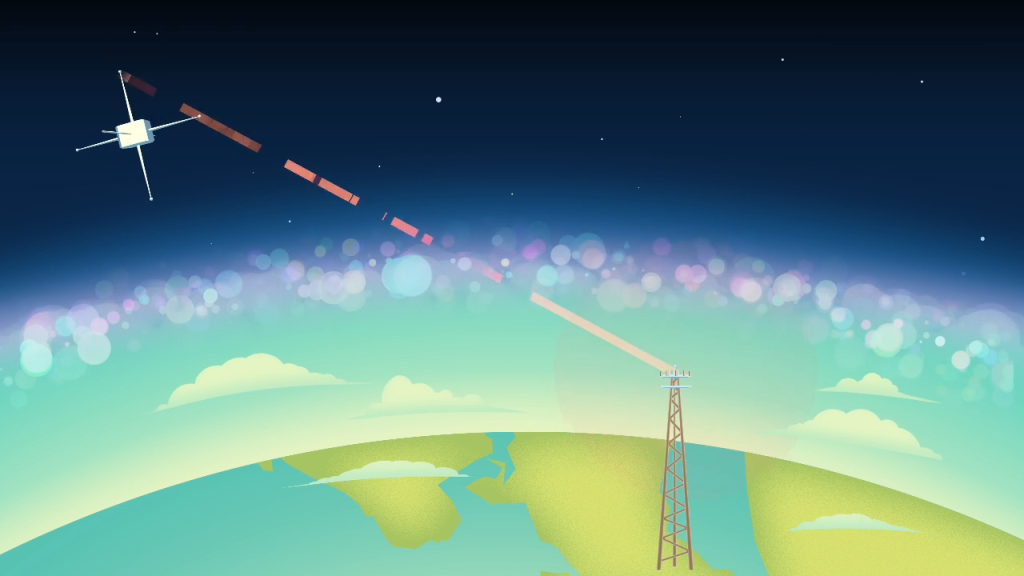
SPARTA
The Space Weather Research and Technology Applications (SPARTA) Center, led by principal investigator Dr. Keith Groves, aims to reduce society’s vulnerabilities to space weather events, particularly the effects of ionospheric scintillation, or irregularities in the atmosphere caused by high solar activity, on communication, navigation, and timing systems. Using sophisticated forecasting methods, SPARTA will improve readiness for these events by providing a global scintillation forecast capability.
To achieve this, SPARTA will improve the forecasting of ionospheric irregularities and scintillation by:
1. Demonstrating a baseline capability for forecasting ionospheric irregularities and scintillation using existing physics-based ionospheric models
2. Implementing machine-learning algorithms to demonstrate the potential for real-time forecasts and to explore the observational dependencies of the forecast accuracy
3. Developing robust, modular scintillation forecast algorithms to support users of
space-based radio frequency systems
Location
Boston College
Program Foucus
Ionospheric Scintillation Forecasting
Principal investigator
Dr. Keith Groves
Project Manager
Dr. Kathleen Kraemer
SPARTA Collaborators and Partners
SPARTA’s team involves co-investigators and collaborators from across the U.S. and around the world, including The Aerospace Corporation, Boston University, Cornell University, University of Colorado Boulder, Massachusetts Institute of Technology Haystack Observatory, Utah State University Space Dynamics Laboratory, University of New Brunswick, Air Force Research Laboratory, German Aerospace Center (Germany), Federal Aviation Administration, GeoOptics Inc., National Institute of Geophysics and Volcanology (Italy), Met Office (United Kingdom), NASA’s Goddard Space Flight Center, National Institute of Information and Communications Technology (Japan), PlanetiQ, South African National Space Agency (South Africa), Spire Global, and University of Birmingham (United Kingdom).

